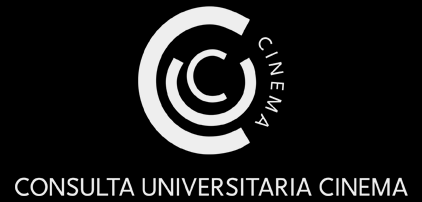Trame digitali. L’immagine cinematografica in pixel tra narrazione, estetica e tecnica
Digital plots. The cinematic image and the pixel narration, aesthetics and techniques
Autore | Author
Denis Brotto
denis.brotto@unipd.it
Corso di dottorato | PhD Program
Storia e critica dei beni artistici, musicali e dello spettacolo
Università degli Studi di Padova
Tutor Mario Brenta
2010
Sinossi | Abstract
La tesi analizza il rapporto tra linguaggio cinematografico e nuove tecnologie digitali, andando ad osservare i principali sviluppi in relazione alla narrazione filmica, all’estetica della rappresentazione e agli aspetti tecnici della filiera cinematografica. In particolare, sono stati messi in evidenza gli sviluppi e la radicalizzazione della narrazione nel cinema digitale: ad emergere sono state una maggior propensione verso un racconto di carattere autobiografico, una narrazione diaristica ed un recupero dell’io-narrante come condizione di sviluppo del testo filmico. Un altro punto della ricerca si è concentrato sugli sviluppi dell’estetica cinematografica in relazione alle nuove tecnologie, osservando le modalità di elaborazione digitale e di color correction dell’immagine, modificazioni che consentono di rielaborare profondamente la gamma cromatica dell’immagine ottenuta in fase di ripresa. Un’ultima articolazione affrontata da questa ricerca è inerente alla relazione tra i diversi momenti della filiera cinematografica, intesa come insieme di fasi che vanno dalla creazione, alla fruizione, alla conservazione e all’analisi dell’opera filmica; un insieme di fasi che ha conosciuto, attraverso l’introduzione di strumenti digitali, una significativa forma di modificazione.
The main object of this doctoral dissertation is to analyse the relations between film language and new digital technologies, investigating the principal developments that have occurred as to the film narration, the aesthetics of representation and the various technical aspects concerning the film industry. A special emphasis has been given on the development and the radicalization of narration in digital cinema. A tendency towards autobiographical and diaristic story-telling, along with the growing presence of a “narrating I” as a condition of development of the filmic text, are the most relevant aspects that have come to light. Another point of this research has focused on the development of the aesthetics in filmmaking as to new technologies, looking at the processing of digital color correction of the images and to the modifications that allow to create a totally new visual look from the original color range of the raw materials captured during the shooting. The final section in this research deals with the relationships that exist among the different phases in the entire life of a film – from the very first idea throughout production, post-production and distribution to end with film storage and analysis.
Tesi online | Online repository
—

